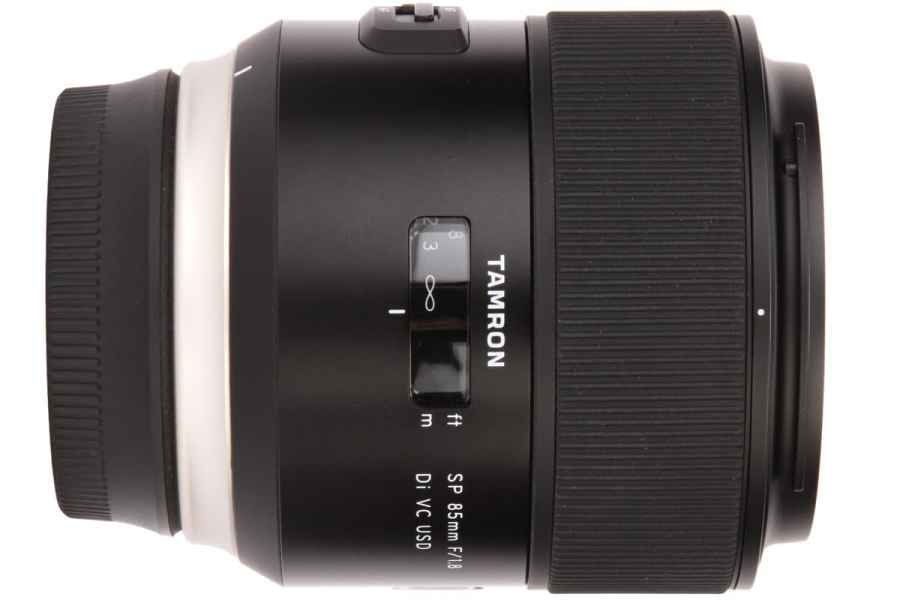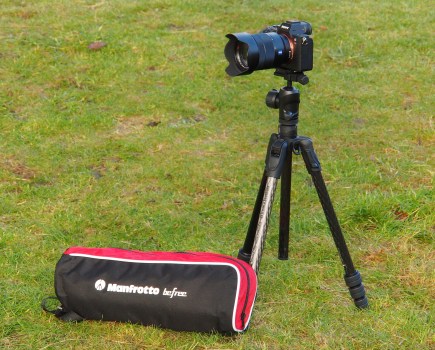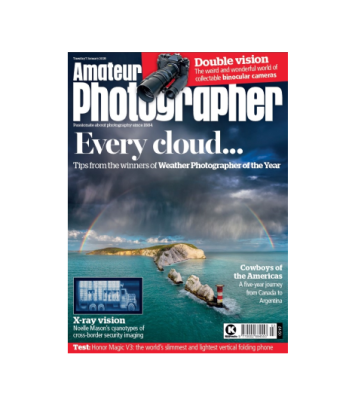Autofocus

Accurate focusing is essential when shooting at large apertures. Canon EOS 5D, 1/640sec f/1.8 ISO 100
Autofocus uses Tamron’s ultrasonic drive (USD) motor, which is fast, decisive and practically silent. The lens uses an internal focus design, so doesn’t change length or balance on focusing; this also contributes to its snappy response.
In terms of accuracy, the 85mm behaves much like other DSLR fast primes. If you shoot using the camera’s viewfinder then most of the time it will focus acceptably when viewing the image as a whole, but likely not be entirely perfect when viewing your images in close detail. This is by no means unique to Tamron – it’s a side effect of DSLRs using an entirely separate optical path for autofocus, which inevitably compromises accuracy.
If you want really accurate focus, you’ll almost certainly have to match your own lens to your camera using the AF micro-adjust feature. Even then, it might only be possible to get perfect results at one single focus distance.
However the 85mm is also compatible with Tamron’s ‘Tap-in Console’, which allows more complex correction of its focusing behaviour, as well as enabling users to upgrade the lens’s firmware when necessary.

Selective focusing can give dreamy shallow depth of field effects. Canon EOS 50D, 1/125sec f/1.8, ISO200
Depth of field at 85mm and f/1.8 is very shallow indeed, of course, so any movement of either you or subject will compound any small focusing errors. Much of time, it will be desirable to stop down a bit to gain additional depth of field. However at close focusing distances this adds another complication, as the focus shift backwards slightly at smaller apertures – a symptom of residual spherical aberration.
To get the most accurate focus, you’ll really need to switch to live view and use either contrast detect AF, or manual focus with a magnified view of your subject and depth of field preview engaged. Again this is isn’t the lens’s fault, just best practice when using any fast lens on a DSLR.







